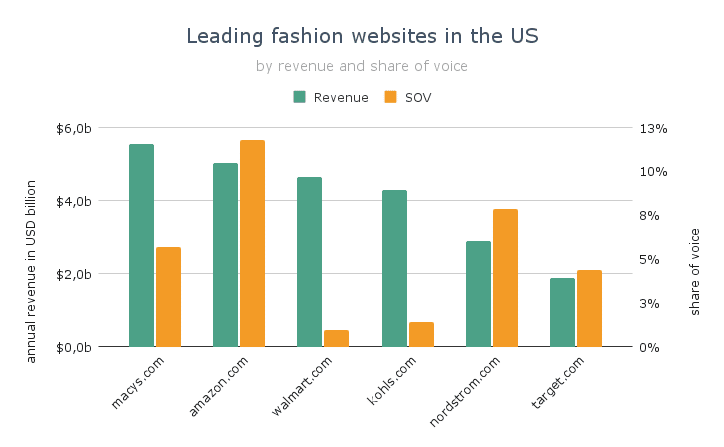Excess Share of Voice ( ESOV ) is a planning framework in marketing that determines the right amount of marketing spend that is linked to the overall business growth objective. John Philip Jones developed it in the 1990s. Share of Voice (SOV) is a metric that determines a brand’s relative share of the advertising space in its category. It is calculated by looking at the total spend in the category divided by the % spent on a brand. On the other hand, Share of Market is the % market share a brand has relative to its competitors.
How do you define Share of Voice and Share of Market
According to Jones, an equilibrium law exists that these two metrics will eventually equal the same over time. This principle has wide-reaching implications for marketing. For example, if a company is a challenger brand and wants to increase its market share, it needs to overspend on its share of voice, which would, over time, increase its market share. The general metric for return on this overspend is for every 10% ESOV, brands can expect average market share growth of 0.5% annually. The ESOV made marketing planning predictable and efficient. Therefore, planners could assess where a brand stood in the market and determine the ‘spend strategy’ to increase a business’s commercial outcomes.
1. What SOV in business and does the ESOV framework still hold in today’s marketing context?

Sources: (1) Pi Datametrics. (October 1, 2022). Leading fashion websites in the United States in 3rd quarter 2022, by share of voice [Graph]. In Statista. and (2) ecommerceDB.com. (October 14, 2022). Top online stores in the Fashion segment in the U.S. in 2021, by e-commerce net sales (in million U.S. dollar) [Graph]. In Statista.
2. What is ESOV efficiency and how does the Attention-Memory Threshold affects ESOV?
Research conducted by Peter Field, Orlando Wood, and Karen Nelson-Field developed a theory known as the Attention-Memory Threshold, stating that for an ad to have any sort of effect, it must be viewed for at least 2.5 seconds. Unfortunately, over 85% of ads do not achieve this threshold. The longer an advert is seen, the more likely it will be remembered and purchased, as per studies conducted by Lumen. The conversion levels gradually increase based on how long someone has seen the advert.
3. The role of creativity in excess share of voice ( ESOV )
Creativity has a significant role to play in ESOV. Les Binet and Peter Field’s work has demonstrated that when campaigns exhibit emotion, they achieve a 2x profit and efficiency. Similarly, the IPA’s data shows that there is a correlation between creativity and impact. Therefore, marketers need to invest in creativity to stand out from the crowd and capture their audience’s attention.
Want to learn more about Excess Share of Voice ( ESOV )?
The ESOV framework holds great significance in marketing. However, it is essential to consider how and where marketing budgets are spent rather than how much to spend. The Attention-Memory Threshold and creativity have critical roles to play in ESOV, and marketers need to invest in them to capture their audience’s attention and increase their market share.
Contact us or follow us on Linkedin!
https://www.linkedin.com/company/indaru/
Featured image by rawpixel.com on Freepik




